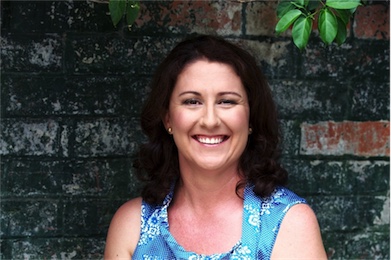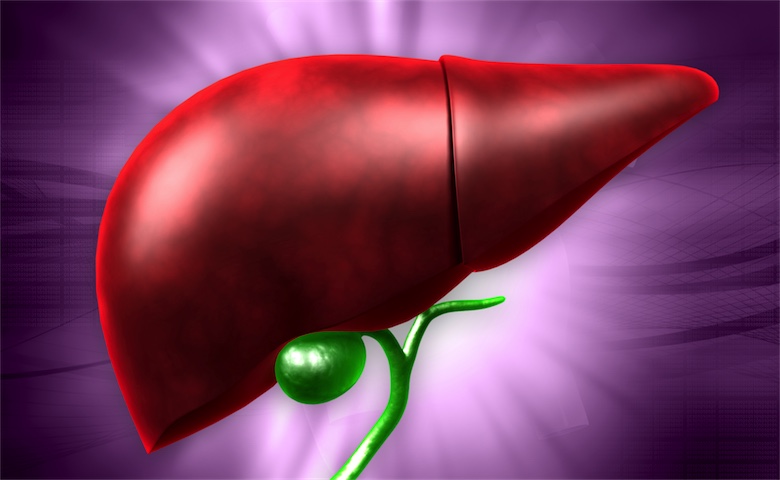If you’ve had your gallbladder removed you’re certainly not alone. It is one of the most common surgical procedures worldwide with an estimated 18,000 of them being performed every year in Australia alone. The reason for this is gallbladder issues are very, very painful and can have serious complications if not treated. Appropriate dietary modification after your surgery can help with recovery and general wellbeing going forward.
What is the gallbladder and what does it do?
The gallbladder is a pear shaped organ, under the liver that acts as a reservoir for bile storage (approximately 1 cup). Bile is continually being produced by the liver and is required for the emulsification and digestion of dietary fats 1. A cholecystectomy is the medical term for the removal of your gallbladder. This operation is most commonly done in people who have had recurring gallstones or pain originating in the gallbladder 2.
Having bile stored and ready to go means you have more capacity to digest fatty foods. Without a gallbladder you can still digest fats, however you will need to have smaller amounts with each meal as you only have as much bile as your liver is currently making 3.
Goals of post-cholecystectomy nutrition therapy
- Reduce large amounts of fat in any one meal to allow the liver time to adjust to not having a gallbladder.
- Normalize bowel movements that can become looser due to increased amounts of bile (in the absence of fat) in the large intestine.
- Promote overall healthy liver function to ensure optimal bile production.
With a supportive diet it is possible to have a symptom free and healthy digestive system without a gallbladder.
In first month after surgery
Allow time for the body to adjust to not being able to store bile.
- Reduce all fats. Eliminate deep fried foods, commercial bakery items and pastries
- Ensure adequate fibre intake from fruits and vegetables and whole grains. If you haven’t eaten much fibre previously increase your intake gradually to avoid gastrointestinal distress. Soluble fibre from apple, banana, onions, artichoke, oat bran and flaxseed can be particularly beneficial in promoting normal bowel movements and reducing diarrhoea.
- Include nourishing soups and broths (not cream or coconut milk based).
- Reduce caffeine consumption to 1 coffee/black tea per day. Ideally substitute with dandelion herbal tea.
- Avoid large quantities of red meat. Include moderate amounts of fish.
- Go easy on the eggs. Some people tolerate them better than others.
- Eliminate alcohol and soft drinks to avoid burdening liver detoxification pathways.
- Maintain adequate hydration. Increase water intake to a minimum of 2 litres per day. This can include herbal teas but NOT regular tea, coffee, soft drinks, energy drinks or fruit juice. Sip small amounts regularly throughout the day for best absorption. This amount should increase in very hot weather or if you are doing strenuous exercise.
One month after surgery
- Gradually introduce small amounts of good fats such as hemp, flaxseed and avocado oil. These should not be heated.
- For cooking use a good quality extra virgin olive oil.
- Include lemon juice and apple cider vinegar with meals to help emulsify fat.
- Reduce portion sizes with smaller more frequent meals
- Include low fat meats such as chicken and turkey (skinless) in addition to fish.
- Small amounts of good quality dairy if previously tolerated may be reintroduced.
Ongoing gallbladder support
A healthy whole foods based diet is going to be of benefit for your overall health. Fats intake should be moderated and choose good quality healthy fats mentioned above.
Specific foods to include
- Beetroot, cucumber, avocado, okra, sweet potato, green beans, artichoke,
- Citrus fruits, berries,
- Whole grains such as oats or brown rice
- Garlic, ginger, turmeric
- Apple cider vinegar
Foods to avoid completely:
- Deep fried foods and trans-fats (pastries, potato chips, pizza, donuts).
Foods to limit
- Salami, bacon, canned fish in oil
- High fat dairy (cheese, ice-cream, milk, yoghurt, butter)
- Chocolate
- Palm, coconut and vegetable oil
- Coconut milk and cream
- Soft-drinks, caffeine containing drinks, alcohol 4,5
Even though your gallbladder is gone the underlying cause of the problem may still be there. Collaborate with your health professional to investigate and make any changes that you need.
References:
- Tortora G, Derrickson B. Principles of Anatomy and Physiology. 12th ed. Hoboken, NJ: John Willey & Sons; 2009.
- Abraham S, Rivero HG, Erlikh I V, Griffith LF, Kondamudi VK. Surgical and Nonsurgical Management of Gallstones. Am Fam Physician. 2014;89(10):795–802. Available at: www.ebscoehost.com. Accessed November 5, 2014.
- Jaunoo SS, Mohandas S, Almond LM. Postcholecystectomy syndrome (PCS). Int J Surg. 2010;8(1):15–17. doi:10.1016/j.ijsu.2009.10.008.
- Gaby A. Nutritional approaches to prevention and treatment of gallstones . PubMed Commons. Altern Med Rev. 2009;14(3):258–268.
- Marcason W. What medical nutrition therapy guideline is recommended post-cholecystectomy? J Acad Nutr Diet. 2014;114(7):1136. doi:10.1016/j.jand.2014.05.009.

Need help with your gut health?
Norelle Hentschel is an experienced Naturopath with a clinic in Stones Corner, Brisbane who enjoys supporting her clients to reach their health goals.
Want more articles like this?
Receive a monthly digest of natural health information to help you become “health” sufficient!
PS. Your inbox real estate is precious, and we will never annoy you with sales pitches or share your details with anyone else. One email a month — that’s it.

